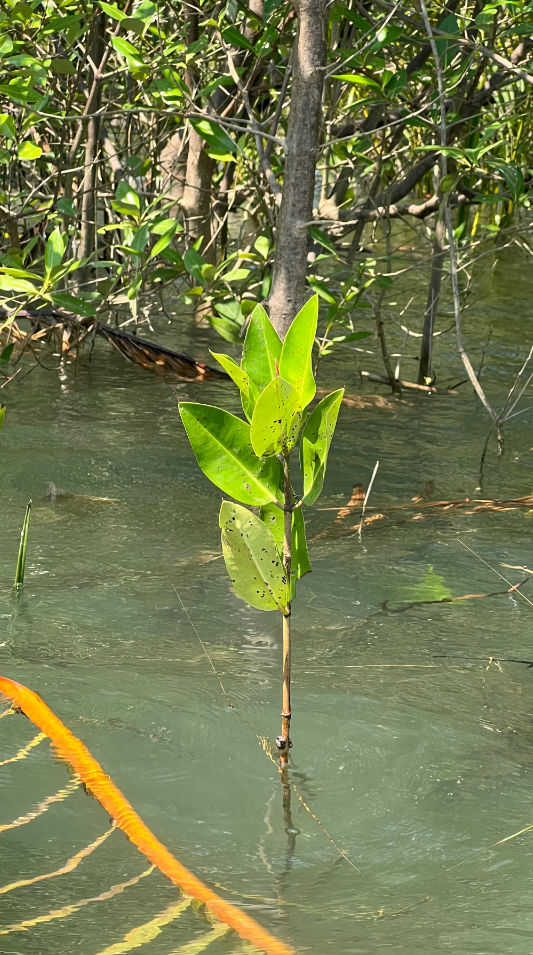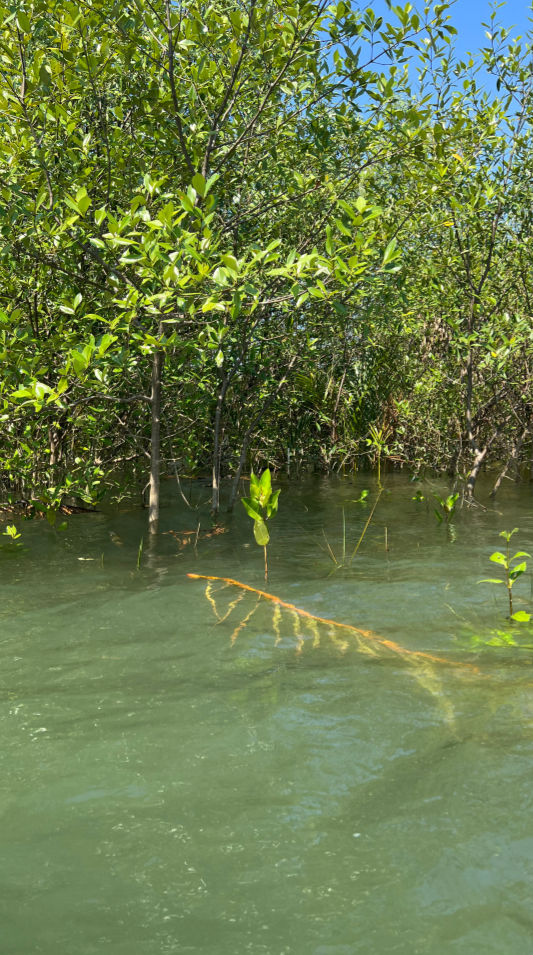1. Carbon sequestration: Mangroves are highly efficient at capturing and storing carbon dioxide from the atmosphere. They have dense root systems that trap organic matter and sediment, which results in significant carbon sequestration. Mangroves can store several times more carbon per unit area than terrestrial forests.
2. Blue carbon reservoirs: Mangrove ecosystems are considered “blue carbon” reservoirs because they store carbon in coastal and marine environments. These carbon stocks are stored in the trees, the soil, and the sediments below the water.
3. Coastal protection: Mangroves act as natural buffers against coastal erosion and storm surges. When intact, they help protect coastal communities and infrastructure from the impacts of sea-level rise and extreme weather events. By safeguarding coastal areas, mangroves indirectly contribute to climate change adaptation and resilience.
4. Biodiversity support: Mangrove ecosystems provide habitat for a diverse array of species, including over fifty species of birds (amongst them the White Bellied Eagle and Nicobar Pigeon), mangrove macaques (monkeys), pythons, lizards, and the rare Tom’s Pouched Bat. Preserving mangroves helps maintain biodiversity, which is vital for ecosystem health and resilience.





